Inland Fife is experiencing a property price boom as buyers begin to turn their back on the Kingdom’s traditional coastal hotspots in search of better value for money.
St Andrews and the East Neuk, which have long boasted some of Scotland’s highest asking prices, have experienced a marked “slowdown”, according to new figures.
Meanwhile, Glenrothes was ranked 10th in the UK for house price growth last year, according to Rightmove – with an average increase of 6.8% from 2023 to 2024.
Property consultancy Galbraith revealed it has seen increased interest in rural parts of inland and central Fife – such as Freuchie and Falkland – due to the better value for money on offer in these areas and good access to Perth, Dundee, Edinburgh and Glasgow.
Dominic Wedderburn, head of residential agency for Galbraith in Fife and Angus, believes an “oversupply” of new homes in and around St Andrews has reduced demand and competition in the area.
The increased rate of Additional Dwelling Supplement – from 6% to 8% – has also had a major impact.
He said: “The more provincial parts of Fife have performed better over the past 12 months than the traditionally more sought-after areas like St Andrews and the East Neuk.
“There is serious interest in rural property in Fife – with strong demand for equestrian properties with land and also good demand across the board for well-presented houses in accessible locations, whether traditional or contemporary homes.
Second home tax ‘starting to bite’
“It seems that the market has cooled recently in St Andrews and the East Neuk, where competition between buyers has always been pronounced.
“There may be something of an over-supply of property in St Andrews currently, due to the flurry of new homes on the outskirts of the town.
“Prices in St Andrews have been so high for so long, this may be a sign of a slight market correction.
“In the East Neuk, the increase in the rate of Additional Dwelling Supplement has had a major impact on those looking for a second home and for investors in buy-to-let or short-term let properties.
“Previously, cottages in the East Neuk were snapped up, often by families from Edinburgh and Glasgow, but property taxes are starting to bite.
“Purchasers are now favouring parts of the region that offer better value for money.”
He added: “Scotland continues to offer excellent value for money compared with many other parts of the UK and Fife in particular offers the benefits of a superb quality of life, good transport links to the main cities of Scotland and a range of different types and styles of property.
“Notwithstanding the impact of property taxes, we expect the market to perform well in 2025, with well-motivated buyers and a good supply of property across the region.”
Huge increases in house prices
Galbraith recently sold a Georgian farmhouse with paddocks, traditional steading and riding arena on the outskirts of Freuchie for £905,000 – an increase of 20.6 per cent from the sale price of £750,000 in 2016.
Ross House in Falkland, described by the agent as “a couthie house in a couthie village”, sold for £355,000 last year – an increase of almost 15% from £310,050 in 2018.
Saddlers House, also in Falkland, was sold by Galbraith in July 2017 for £340,000 and achieved £429,000 – an increase of 26.17 per cent in seven years – when it was sold last summer.
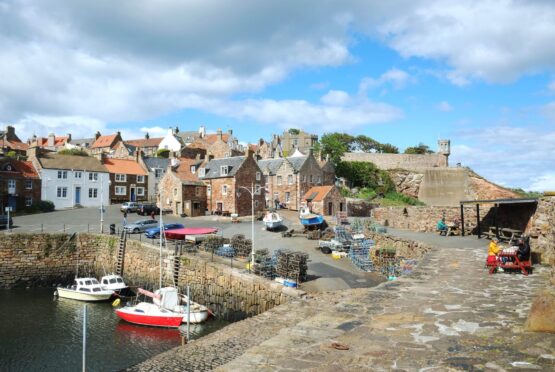
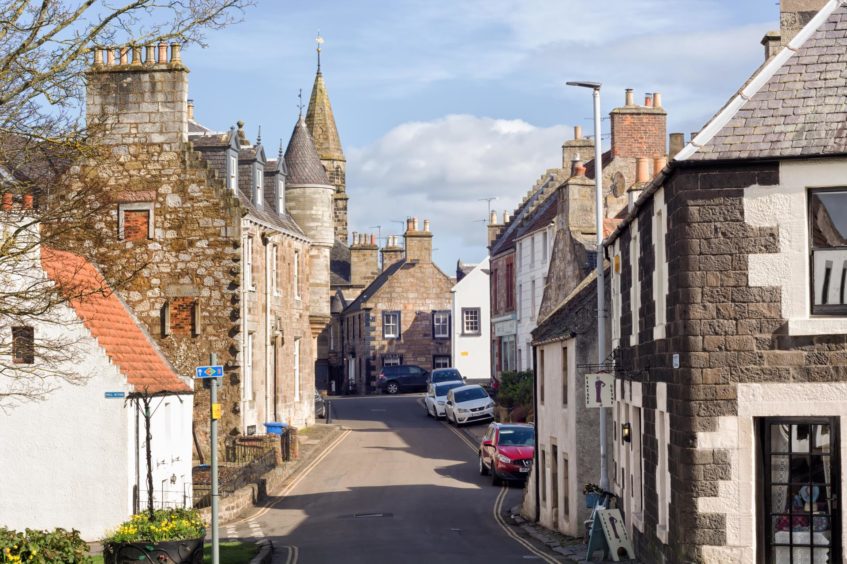
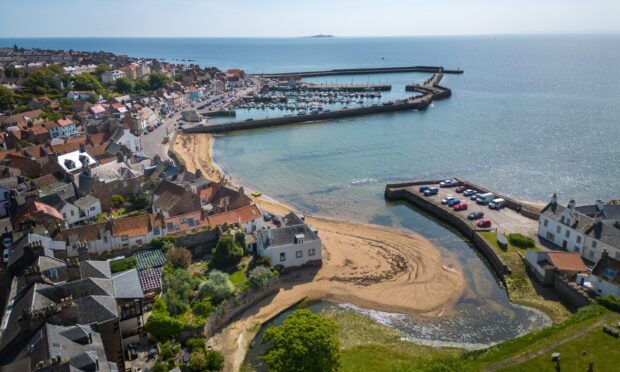
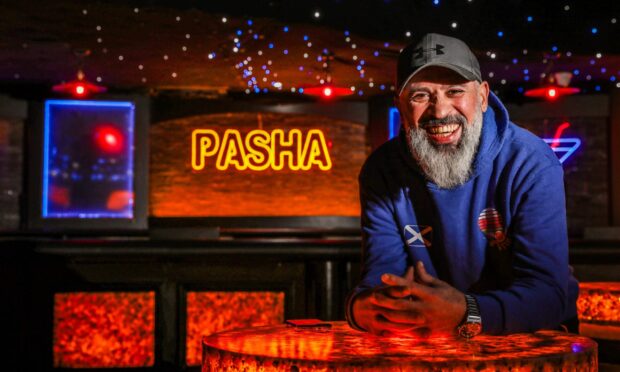
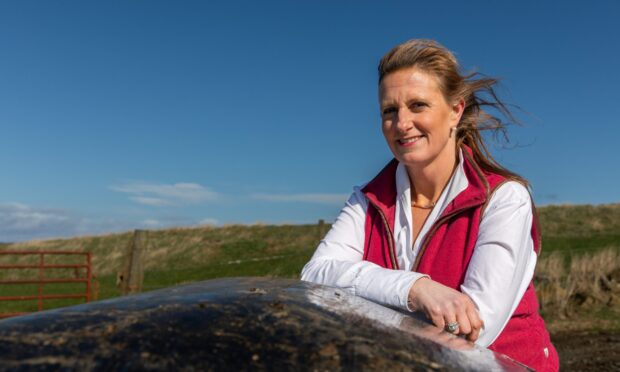
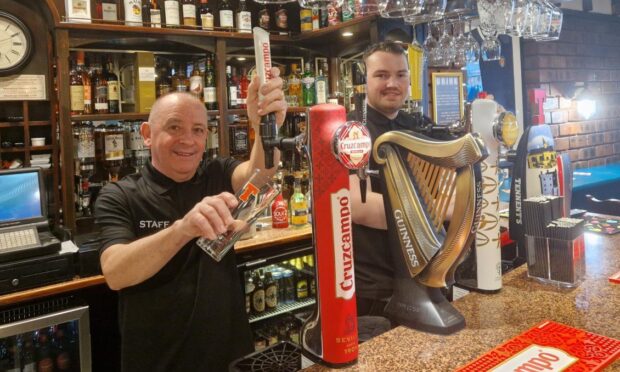
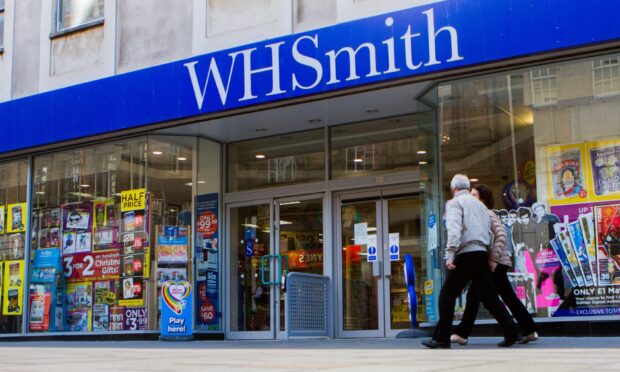
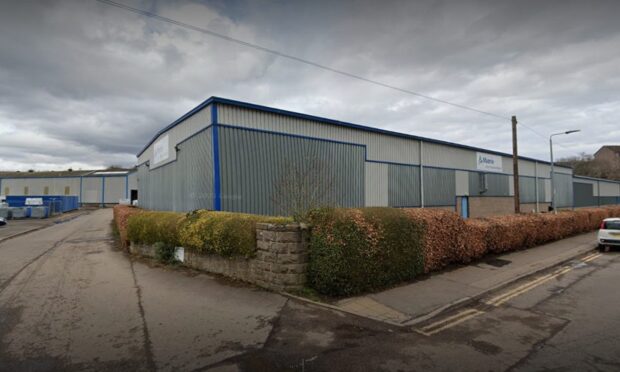
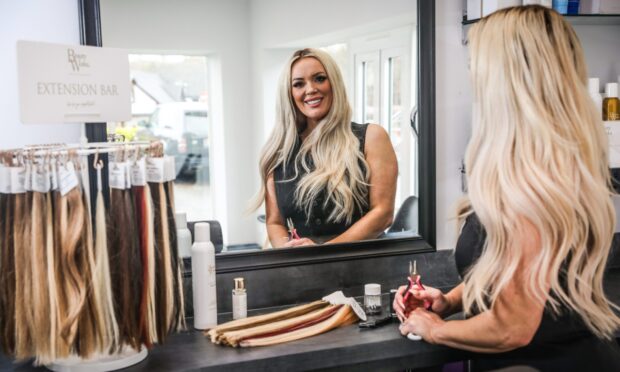
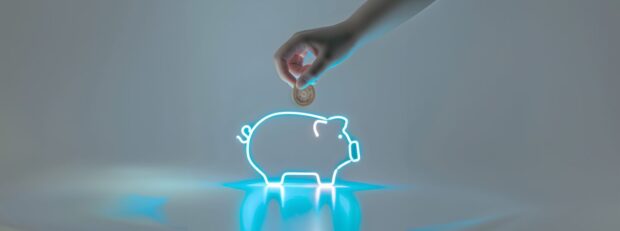
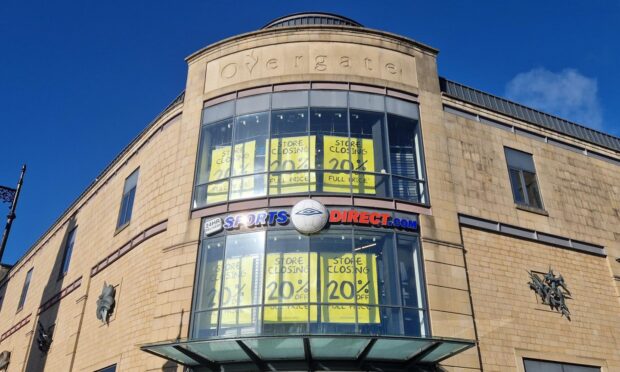
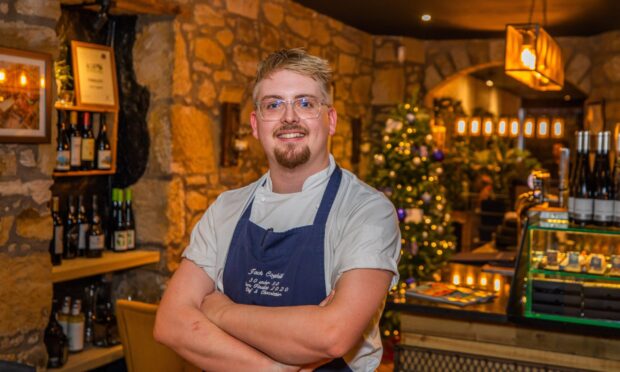
Conversation